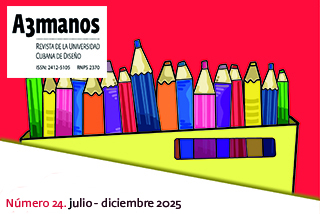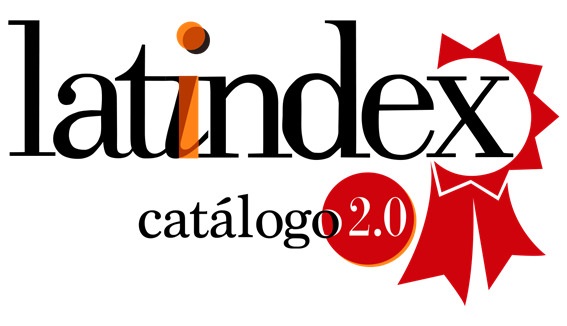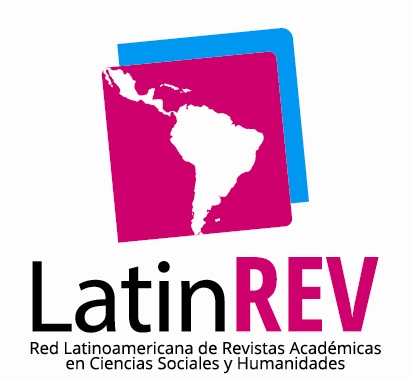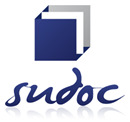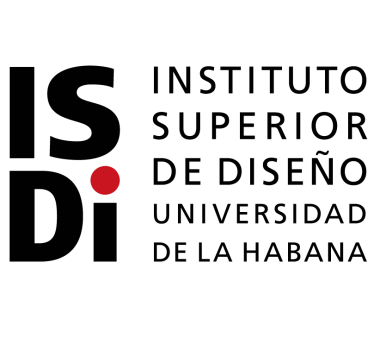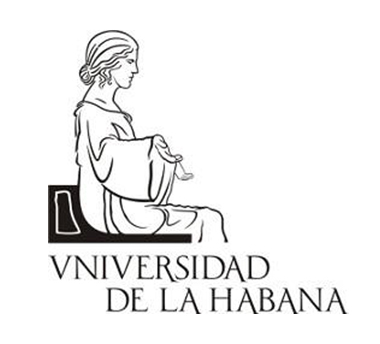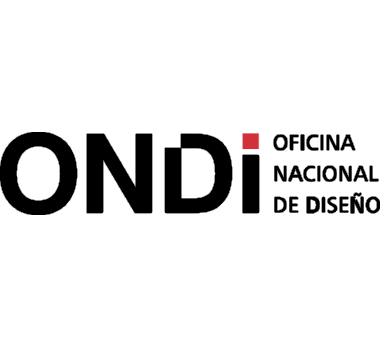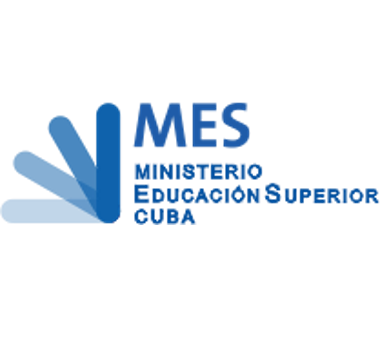IAG rubrics for the comprehensive training of design students: opportunities and challenges in distance education
##plugins.themes.bootstrap3.article.main##
Abstract
The main objective of this work is to design and implement an assessment rubric with IAG that transforms the assessment of learning in the subject and improves the overall training of students in distance education at the Higher Institute of Design in Cuba. The methodology was based on a case study with 33 Industrial Design students, where a Project-Based Learning approach was applied. The results revealed several opportunities and challenges. It is concluded that the rubric with IAG has the potential to transform learning assessment and improve the overall training of students in the industrial design program in distance education, provided that ethical challenges are addressed and clear guidelines are established.
##plugins.themes.bootstrap3.article.details##
As of Volume 11, Issue. 21, corresponding to the year 2024, this CC BY-NC 4.0 license replaces the one used in previous issues, namely CC BY-NC-SA 4.0

This work is licensed under a Creative Commons Attribution-NonCommercial 4.0 International License.
- Attribution — You must give appropriate credit , provide a link to the license, and indicate if changes were made . You may do so in any reasonable manner, but not in any way that suggests the licensor endorses you or your use.
- NonCommercial — You may not use the material for commercial purposes .
- No additional restrictions — You may not apply legal terms or technological measures that legally restrict others from doing anything the license permits.
- ShareAlike — If you remix, transform, or build upon the material, you must distribute your contribution under the same license as the original. NOTE: This point applies to numbers 1 to 20 of the magazine with the previous CC-BY-NC-SA 4.0 license. Does not apply to the new CC BY-NC 4.0 license from Volume 11, Number. 21 (2024).
References
Bahroun, Z.; Anane, C.; Ahmed, V.; Zacca, A. (2023). Transformando la educación: una revisión integral de la inteligencia artificial generativa en entornos educativos a través del análisis bibliométrico y de contenido, Sostenibilidad, 15. https://doi.org/10.3390
Bolaño-GarcĂa, M., & Duarte-Acosta, N. (2024). Una revisiĂłn sistemática del uso de la inteligencia artificial en la educaciĂłn. Revista Colombiana de CirugĂa, 39(1), 51-63. https://doi.org/10.30944/20117582.2365
González-González, C. S. (2023). El impacto de la inteligencia artificial en la educación: trans-formación de la forma de enseñar y de aprender. Revista Qurriculum, 36, 51-60. https://doi.org/10.25145/j.qurricul.2023.36.03
Holmes, W., & Porayska-Pomsta, K. (2023). The ethics of artificial intelligence in education. Rev. soc. polit, 89-96. London: Routledge.
Jara, I., & Ochoa, J. M. (2020). Usos y efectos de la inteligencia artificial en educaciĂłn. Sector Social divisiĂłn educaciĂłn. Documento para discusiĂłn nĂşmero IDB-DP-00-776. BID. doi: http://dx.doi.org/10.18235/0002380
Kurtz, G.; Amzalag, M.; Shaked, N.; Zaguri, Y.; Kohen-Vacs, D.; Gal, E.; Zailer, G.; Barak-Medina, E. (2024). Strategies for Integrating Generative AI into Higher Education: Navigating Challenges and Leveraging Opportunities. Educ. Sci., 14, 503. https://doi.org/10.3390/educsci14050503
Lo, C.K. (2023). What Is the Impact of ChatGPT on Education? A Rapid Review of the Literature. Educ. Sci., 13, 410. https://doi.org/10.3390/educsci13040410
Ocaña-Fernández, Y., Valenzuela-Fernández, L. A., & Garro-Aburto, L. L. (2019). Inteligencia artificial y sus implicaciones en la educación superior. Propósitos y representaciones, 7(2), 536-568. http://dx.doi.org/10.20511/pyr2019.v7n2.274
Okonkwo, C. W., & Ade-Ibijola, A. (2021). Chat-bots applications in education: A systematic review. Computers and Education: Artificial Intelligence, 2. http://dx.doi.org/10.1016/j.caeai.2021.100033
Pedreño Muñoz, A., González Gosálbez, R., Mora Illán, T., Pérez Fernández, E. D. M., Ruiz Sierra, J., & Torres Penalva, A. (2024). La inteligencia artificial en las universidades: Retos y oportunidades. Informe anual sobre IA y educación superior. Grupo 1MillonBot.
Rubia, F. A. (2024). Inteligencia artificial en la educaciĂłn. Una guĂa práctica para profesores en la era digital. Instituto Latinoamericano de Desarrollo Profesional Docente Buenos Aires, 2024. In Forum AragĂłn: revista digital de FEAE-AragĂłn sobre organizaciĂłn y gestiĂłn educativa 41, 69-69. Forum Europe de Administraciones de EducaciĂłn-AragĂłn.
Santovenia DĂaz, J. R., Espinosa Fernández, B., & Marichal Guevara, O. C. (2024). Alfabetizar en contenidos de inteligencia artificial: impostergable reto para las Universidades Cubanas. Bibliotecas. Anales de InvestigaciĂłn, 20(1), 9.
Serrano Acitores, A. (2023). Consideraciones Ă©ticas y legales en el uso de la inteligencia artificial: El enfoque de la uniĂłn europea. Revista de fiscalidad internacional y negocios transnacionales, (24), 69-106.
Terán, H. (2023). La implementaciĂłn de la Inteligencia Artificial en la enseñanza de la programaciĂłn. Un estudio sobre el uso Ă©tico de ChatGPT en el aula. Encuentro Internacional de EducaciĂłn en IngenierĂa. https://doi.org/10.26507/paper.2768
Vera, F. (2023). IntegraciĂłn de la Inteligencia Artificial en la EducaciĂłn superior: DesafĂos y oportunidades. Transformar, 4(1), 17-34. https://orcid.org/0000-0002-4326-1660
Zawacki-Richter, O., MarĂn, V. I., Bond, M., & Gou-verneur, F. (2019). Systematic review of re-search on artificial intelligence applications in higher education–where are the educators?. International Journal of Educational Techno-logy in Higher Education, 16(1), 1-27. https://doi.org/10.1186/s41239-019-0171-0

